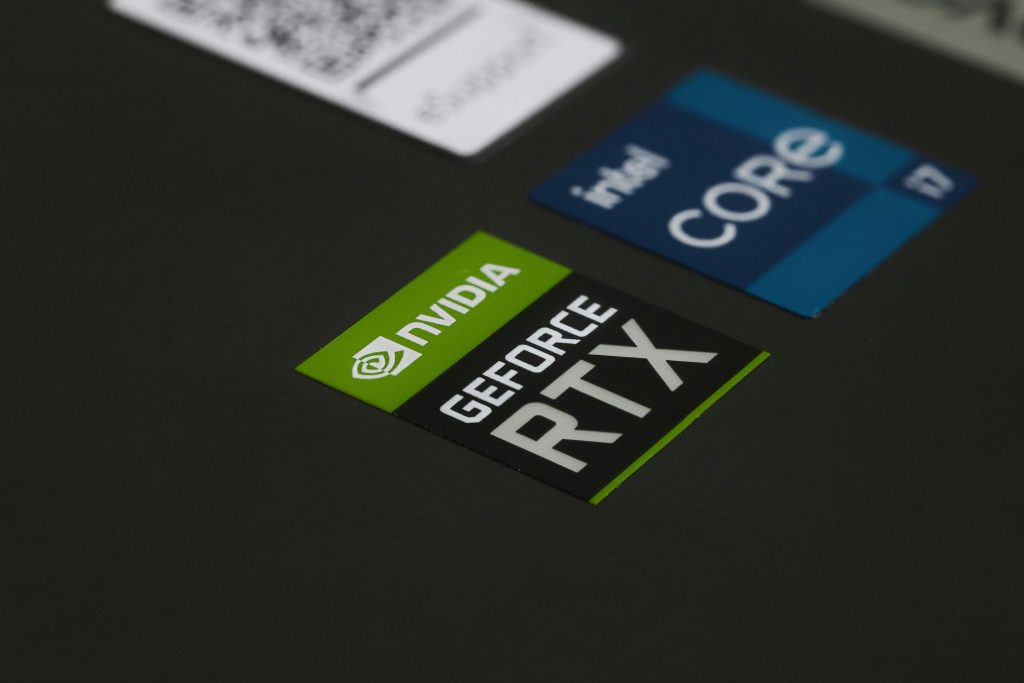Optimizing Multi-Device Display Management with KVM Switches: A Guide for Home Office Setups
In today’s flexible work and personal computing environments, managing multiple devices across several monitors can become a complex task. Many professionals seek seamless methods to switch between computers without the clutter of multiple peripherals or complicated cable arrangements. If you’re wondering whether there are KVM (Keyboard, Video, Mouse) switches that support multiple computers over multiple monitors, this article aims to provide clarity and recommendations tailored to such needs.
Understanding Your Setup and Needs
Before exploring specific solutions, let’s first examine common use cases and device configurations typical in a home office setting:
- Multiple Monitors: A common configuration involves three monitors of varying sizes and functionalities, used flexibly for different tasks.
- Multiple Devices: Typically, a primary desktop (such as a Mac Mini) and a secondary work or personal laptop.
- Peripherals: Separate keyboards and mice are used for each device, focusing primarily on monitor switching rather than shared input devices.
- Additional Equipment: External speakers, webcams, and docking stations for connectivity and auxiliary devices.
Your primary goal is efficient monitor switching between the two computers across a multi-monitor setup, without necessarily sharing peripherals like keyboard and mouse. Additionally, your setup includes a docking station for audio and webcams, adding another layer of connectivity considerations.
Assessing KVM Switch Capabilities
Most traditional KVM switches are designed for single or dual computers with a limited number of displays. However, support for multiple monitors, especially with varying display ports and resolutions, adds complexity. Here’s what to consider:
- Multi-Display Support: Ensure the KVM can handle at least two or more monitors simultaneously, ideally supporting different configurations (e.g., HDMI, DisplayPort, USB-C).
- Independent Switching: You want to switch between computers easily without rearranging cables or editing configurations.
- Compatibility: Confirm that the KVM supports your monitor inputs (HDMI, DisplayPort, USB-C) and resolutions.
- Additional Ports: For speakers and webcams, look for integrated audio/video switching or dedicated ports.
Current Market Offerings and Recommendations
While configurations vary, here are some options and considerations for multi-monitor KVM switching:
Advanced Multi-Monitor KVM Switches
- Desktop-Based Multi-Monitor KVMs: Several high-end solutions support dual or triple monitor setups, such as models from TESmart or LevelOne, often supporting HDMI, DisplayPort, and USB-C.
- Example Product:
Share this content:



